Home>diy>Building & Construction>What Do Carpenters Do In Construction
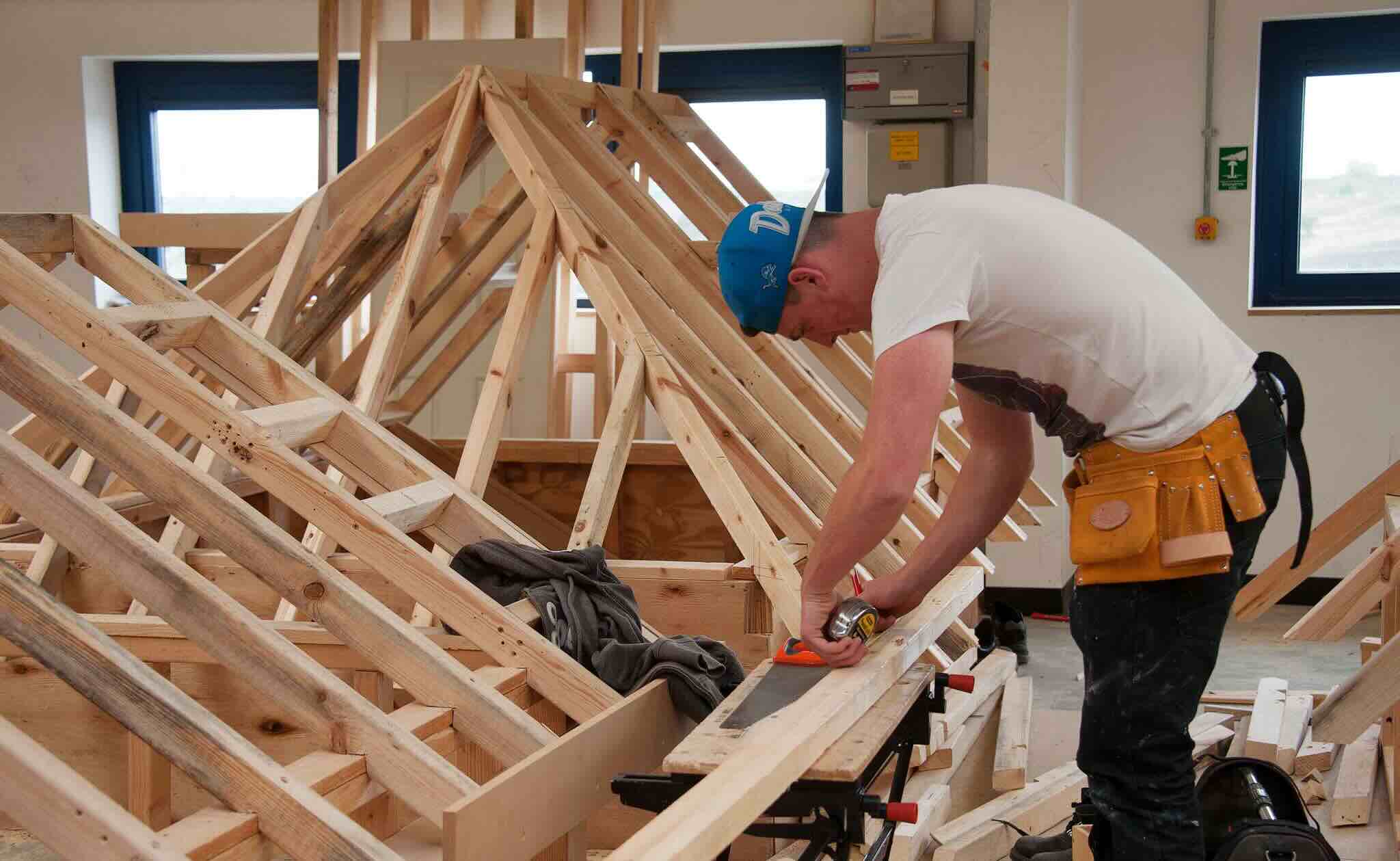

Building & Construction
What Do Carpenters Do In Construction
Modified: May 6, 2024
Discover the role of carpenters in building construction and how they contribute to creating sturdy structures. Find out the essential tasks and skills required in this specialized trade.
(Many of the links in this article redirect to a specific reviewed product. Your purchase of these products through affiliate links helps to generate commission for Storables.com, at no extra cost. Learn more)
Introduction
When it comes to the construction industry, carpenters play a crucial role in bringing architectural visions to life. They are skilled craftsmen who work with wood, creating structures, installing fixtures, and adding intricate details. Carpenters are an essential part of any construction project, ranging from residential homes to commercial buildings and everything in between.
Carpenters are responsible for the construction, installation, and repair of various wooden structures and components. Their expertise goes beyond simply cutting and shaping wood – they are skilled in reading blueprints, taking measurements, and understanding the intricacies of building codes and regulations. With their knowledge and experience, carpenters are able to transform raw materials into functional and aesthetically pleasing structures.
In addition to their technical skills, carpenters possess a keen eye for detail and precision. They work closely with architects, designers, and other tradespeople to ensure that the final product meets the desired specifications. They take pride in their workmanship and strive for excellence in every project they undertake.
Carpenters work in a variety of settings, including construction sites, workshops, and even clients’ homes. They may work independently or as part of a larger construction team, collaborating with other professionals to complete a project on time and within budget. The demand for skilled carpenters is high, making it a rewarding and promising career choice for those interested in the construction industry.
In this article, we will explore the role of carpenters in construction, the skills they possess, the types of projects they work on, the tools they use, the activities they perform on construction sites, and the safety measures they take. We will also discuss potential career opportunities and the job outlook for carpenters. Whether you are considering a career in carpentry or simply want to learn more about this essential aspect of construction, this article is for you.
Key Takeaways:
- Carpenters are skilled craftsmen who bring architectural visions to life, from framing structures to crafting custom cabinetry, with precision, expertise, and a keen eye for detail.
- With a wide range of career opportunities in residential, commercial, and specialized construction, carpenters play a vital role in the industry’s growth and evolution, ensuring structures that stand the test of time.
Read more: What Is A Construction Carpenter
Role of Carpenters in Construction
Carpenters play a vital role in the construction industry. They are responsible for the construction, installation, and repair of various wooden structures and components. Their expertise and craftsmanship are crucial in transforming architectural plans into tangible structures.
One of the primary roles of carpenters is to interpret and work with architectural blueprints. They analyze the plans, take precise measurements, and translate them into the required wooden components. This includes cutting, shaping, and assembling different pieces to create walls, floors, roofs, and other structural elements.
Carpenters are skilled in working with different types of wood and other materials. They understand the properties of various woods and know how to select the most suitable ones for specific construction projects. They also have expertise in using hand tools, power tools, and machinery to cut, shape, and join wooden components accurately.
In addition to building structures, carpenters also install fixtures and fittings. This includes installing doors, windows, cabinets, staircases, and other interior elements. They have the ability to ensure that these additions are not only functional but also aesthetically pleasing, paying attention to details such as measurements, alignments, and finishes.
Another important aspect of a carpenter’s role is repairing and maintaining existing wooden structures. They assess the damage, identify the required repairs, and implement the appropriate solutions. Carpenters often work in collaboration with other tradespeople, such as plumbers and electricians, to ensure that the repairs are completed seamlessly.
Carpenters also play a crucial role in ensuring the structural integrity and safety of the construction site. They adhere to building codes and regulations, following proper techniques and using appropriate materials. They also participate in quality control inspections to identify and rectify any issues that may arise during the construction process.
Overall, carpenters are skilled craftsmen who bring architectural visions to life. Their role goes beyond simply working with wood; they contribute to the functionality, aesthetics, and safety of the structures they build. With their expertise and attention to detail, carpenters play an integral part in the construction industry, creating structures that stand the test of time.
Carpentry Skills and Expertise
Carpentry is a specialized skill that requires a combination of technical knowledge, practical experience, and artistic flair. Carpenters possess a range of skills and expertise that enable them to excel in their craft and deliver high-quality results. Here are some essential skills and expertise that carpenters bring to their work:
- Blueprint Interpretation: Carpenters have the ability to read and understand architectural blueprints, which serve as a guide for their construction projects. They can interpret complex drawings, dimensions, and specifications, ensuring that their work aligns with the design plans.
- Precision Measurement: Accurate measurement is crucial in carpentry. Carpenters are skilled in using measuring tools, such as tape measures, rulers, and squares, to take precise measurements. This skill ensures that the wooden components fit together seamlessly and the final structure is symmetrical.
- Cutting and Shaping Techniques: Carpenters have expertise in using a variety of tools to cut and shape wood. They are skilled in using hand saws, circular saws, jigsaws, and routers to create intricate designs and precise angles.
- Joinery: Joinery involves connecting wooden components to form a solid structure. Carpenters have knowledge of different joinery techniques, such as butt joints, lap joints, and mortise and tenon joints. They skillfully use fasteners, such as nails, screws, and dowels, to secure the joints.
- Finishing and Detailing: Carpenters have an eye for detail and take pride in the finishing touches of a project. They have expertise in sanding, staining, and painting wood to achieve a polished and attractive appearance. They also have knowledge of decorative elements, such as molding, trim, and ornamental designs, which add a touch of elegance to their work.
- Problem Solving: Carpenters encounter challenges throughout the construction process, such as uneven surfaces, structural issues, or design changes. They have problem-solving skills to identify solutions and make necessary adjustments to ensure the project’s success.
- Teamwork and Communication: Carpenters often work as part of a team on construction projects. They collaborate with architects, designers, and other tradespeople to ensure effective communication and coordination. Good teamwork skills are crucial for the successful completion of a project.
Carpenters continuously enhance their skills through hands-on experience, training programs, and staying updated with the latest techniques and technologies in the industry. This commitment to ongoing learning and improvement allows them to continuously deliver excellent craftsmanship and meet the demands of ever-evolving construction projects.
Types of Projects Carpenters Work On
Carpenters are involved in a wide range of construction projects, spanning from residential to commercial and industrial settings. Their skills and expertise are in demand for various types of projects, each with its unique requirements and challenges. Here are some common types of projects that carpenters work on:
- Residential Construction: Carpenters play a significant role in residential construction projects, such as building new homes or renovating existing ones. They work on tasks like framing walls, installing windows and doors, building staircases, and creating custom cabinetry.
- Commercial Construction: Carpenters participate in constructing commercial buildings and structures, including office complexes, retail spaces, restaurants, and healthcare facilities. They contribute to tasks like constructing partitions, installing fixtures, building counters, and creating unique architectural features.
- Infrastructure Projects: Carpenters are also involved in infrastructure projects like bridges, tunnels, and roads. They work on tasks such as constructing formwork to support concrete structures, building scaffolding systems, and installing wooden elements for decorative purposes.
- Renovation and Remodeling: Carpenters are often called upon for renovation and remodeling projects, whether it’s updating a residential kitchen or revamping a commercial space. They excel in transforming existing structures by modifying layouts, replacing fixtures, upgrading finishes, and integrating new design elements.
- Furniture and Cabinetry: Carpenters showcase their woodworking expertise by constructing custom furniture pieces and cabinetry. They can create intricate designs, assemble joinery, and apply finishes to produce unique and functional pieces that meet the specific needs and preferences of clients.
- Exterior Construction: Carpenters contribute to exterior construction tasks, such as building decks, pergolas, fences, and gazebos. They use their skills to construct sturdy and visually appealing outdoor structures that enhance the beauty and functionality of residential and commercial properties.
Regardless of the type of project, carpenters bring their expertise in woodwork, joinery, and construction techniques to every job. They leverage their skills and knowledge to create durable, aesthetically pleasing, and functional structures that stand the test of time.
Tools and Equipment Used by Carpenters
Carpenters rely on a variety of tools and equipment to carry out their work effectively and efficiently. These tools enable them to cut, shape, join, and install wooden components with precision and accuracy. Here are some common tools and equipment used by carpenters:
- Hand Tools: Carpenters use a range of hand tools, including hammers, chisels, screwdrivers, hand saws, measuring tapes, levels, and planes. These tools are essential for tasks such as measuring, marking, cutting, shaping, and adjusting wooden components.
- Power Tools: Power tools save time and effort in carpentry work. Carpenters use tools like circular saws, jigsaws, routers, power drills, and nail guns. These tools increase efficiency and precision, allowing for faster cutting, shaping, drilling, and joining of wood.
- Machinery: In larger scale projects or workshops, carpenters may have access to machinery like table saws, band saws, planers, and jointers. These machines are used for straight-line cutting, precision shaping, and creating smooth surfaces on wooden materials.
- Measuring and Layout Tools: Accurate measurements are crucial in carpentry work. Carpenters use tools like tape measures, squares, levels, and angle finders to ensure precise measurements and angles for cutting and joining wooden components.
- Fastening Tools: Carpenters utilize various fastening tools, including nail guns, staplers, and screwdrivers, to securely attach wooden components together. These tools ensure strong and durable connections in the construction of structures and installations.
- Safety Equipment: Safety is a top priority for carpenters. They wear personal protective equipment (PPE) such as safety goggles, gloves, hard hats, and ear protection to protect against potential hazards. They also use dust masks when working with wood that produces fine particles.
- Scaffolding and Ladders: Carpenters often work at elevated heights, requiring the use of scaffolding or ladders. These tools provide stable platforms and access points, ensuring safe and efficient work on tasks such as installing fixtures, framing walls, or working on ceilings.
- Tool Storage and Organization: Carpenters utilize toolboxes, tool belts, and tool storage systems to keep their tools organized and easily accessible. Organized tool storage improves efficiency and reduces the risk of accidents caused by misplaced or scattered tools.
Carpenters understand the importance of properly maintaining their tools and equipment. They regularly clean, sharpen, and lubricate their tools to ensure optimum performance and longevity. By utilizing these tools and equipment, carpenters are able to work with precision and deliver high-quality craftsmanship in their construction projects.
Carpenters in construction are responsible for framing, installing doors and windows, and finishing work. They also work with a variety of materials such as wood, metal, and concrete.
Read more: What Goes In A Carpenter Tool Belt
Activities performed by Carpenters on Construction Sites
Carpenters play a crucial role on construction sites, carrying out various activities that are essential in the construction process. Their expertise in working with wood and their understanding of construction principles allow them to contribute to the successful completion of a project. Here are some of the key activities performed by carpenters on construction sites:
- Framing: Carpenters are responsible for framing the structure of a building. They construct the framework, which includes walls, floors, and roofs, using wooden beams, studs, and joists. Carpenters ensure precision and accuracy in the alignment and spacing of the framing to support the overall structure.
- Installation of Doors and Windows: Carpenters install doors, windows, and frames in buildings. They precisely measure and fit the openings, ensuring a proper seal and alignment. Carpenters also install hardware such as hinges, handles, locks, and weatherstripping to ensure functionality and security.
- Interior Finishing: Carpenters contribute to the interior finishing of a construction project. They install baseboards, crown molding, and trim to enhance the aesthetics of the space. Carpenters also construct and install cabinets, shelves, and custom millwork to create functional and visually appealing interiors.
- Exterior Finishing: Carpenters are involved in the exterior finishing of a building. They install siding, fascia, and soffits to protect the structure from the elements. Carpenters also construct decks, porches, and balconies, creating outdoor spaces that complement the overall design of the building.
- Cabinetry and Furniture: Carpenters who specialize in cabinetry and furniture design and construction create custom pieces. They take measurements, select materials, cut and shape wood, and assemble joinery to create unique and functional cabinets, tables, chairs, and other furniture pieces.
- Formwork and Concrete: Carpenters are involved in constructing formwork, which is a temporary structure used to hold and shape concrete during pouring and curing. They create the formwork using wooden frames and panels, ensuring that it is sturdy and properly aligned to achieve the desired shape of the concrete structure.
- Structural Repairs: Carpenters are often called upon to repair and reinforce wooden structures. They assess the damage, replace damaged components, and strengthen the structure to maintain its integrity. Carpenters may also be involved in repairing or replacing damaged floors, roofs, or walls.
In addition to these activities, carpenters collaborate with other tradespeople, such as plumbers and electricians, to ensure the proper installation of utilities within the wooden structures. Carpenters also follow safety protocols on construction sites, ensuring that all activities are carried out in a safe and secure manner.
Through their skills and expertise, carpenters contribute to every stage of a construction project, from the initial framing to the finishing touches. Their attention to detail, craftsmanship, and understanding of construction principles make them an indispensable part of the construction industry.
Safety Measures and Precautions for Carpenters
Safety is a top priority for carpenters as they work with various tools, equipment, and materials that can pose hazards if not handled properly. By implementing safety measures and precautions, carpenters can ensure a safe working environment for themselves and their colleagues. Here are some essential safety measures and precautions that carpenters follow on construction sites:
- Personal Protective Equipment (PPE): Carpenters wear appropriate personal protective equipment to protect themselves from potential hazards. This includes safety goggles, ear protection, hard hats, gloves, and footwear with reinforced toes.
- Tool Safety: Carpenters ensure that their tools and equipment are in good working condition. They inspect tools regularly, maintain sharp blades, and replace damaged or worn-out tools to prevent accidents caused by malfunctioning equipment.
- Tool Handling: Carpenters handle tools with care, using them only for their intended purposes. They maintain proper grip and control over tools, keeping their hands and fingers away from the cutting edges to avoid injuries.
- Fall Protection: When working at elevated heights, carpenters use appropriate fall protection measures such as safety harnesses, lanyards, and guardrails. They ensure that scaffolding and ladders are stable and secure before use.
- Dust Control: Carpenters take precautions to minimize exposure to wood dust, which can be hazardous to respiratory health. They use dust collection systems, wear dust masks, and dampen surfaces when cutting or sanding wood to reduce dust particles in the air.
- Electrical Safety: Carpenters practice electrical safety by ensuring that all electrical tools and equipment are properly grounded and in good working condition. They avoid overloading electrical outlets and use appropriate circuit protection devices.
- Material Storage: Carpenters store materials and equipment properly to prevent tripping hazards and accidents. They keep work areas clean and organized, store materials away from walkways, and secure heavy or unstable objects to prevent them from falling or shifting.
- Worksite Communication: Carpenters communicate effectively with their colleagues and other tradespeople on the construction site. Clear communication helps to prevent accidents and ensures that everyone is aware of potential hazards and safety protocols.
- Training and Education: Carpenters undergo training in safety procedures and receive education on the proper use of tools and equipment. They stay updated with safety regulations and best practices, implementing them in their daily work.
By following these safety measures and precautions, carpenters minimize the risk of accidents, injuries, and occupational hazards. They prioritize the well-being of themselves and their fellow workers, creating a safer and more productive work environment on construction sites.
Career Opportunities and Job Outlook for Carpenters
Carpenters have a wide range of career opportunities in the construction industry. Their skilled craftsmanship and expertise in working with wood make them an essential part of any construction project. Here are some career opportunities for carpenters and insights into the job outlook for this profession:
- Residential Construction: Carpenters find ample opportunities in residential construction, working on projects such as building new homes, remodeling, and renovating existing houses. With the growing demand for eco-friendly, energy-efficient homes, carpenters who specialize in green building techniques also have promising prospects.
- Commercial Construction: Carpenters have significant career prospects in the commercial construction sector. They work on projects such as office buildings, retail spaces, hospitals, and educational institutions. As the economy grows and new commercial structures are developed, the demand for skilled carpenters continues to rise.
- Infrastructure Projects: Carpenters can also find opportunities in infrastructure projects, such as bridges, tunnels, and roads. They work on constructing formwork for concrete structures, building scaffolding systems, and creating wooden finishes for infrastructure projects.
- Specialized Carpentry: Carpenters who have expertise in specialized areas such as cabinetry, furniture making, or historic restoration can find niche career opportunities. These areas often require unique skills and knowledge, and carpenters with specialized training and experience are in high demand.
- Self-Employment: Many carpenters choose to work as self-employed contractors or start their own carpentry businesses. This allows them to have more control over their projects, work schedules, and client base. Self-employment offers the opportunity for increased earning potential and the freedom to work on a variety of projects.
The job outlook for carpenters is generally favorable. According to the U.S. Bureau of Labor Statistics, the employment of carpenters is projected to grow at a steady pace in the coming years. Factors such as population growth, urbanization, and the need for infrastructure improvements contribute to the sustained demand for skilled carpenters in the construction industry.
Additionally, the retirement of older carpenters and the relatively low entry barriers to the profession create opportunities for new carpenters to enter the field. As technology continues to advance, carpenters who possess knowledge of digital tools and building information modeling (BIM) software may have a competitive edge in the job market.
Carpenters who continuously update their skills, stay updated with the latest construction techniques, and demonstrate a strong work ethic are likely to have the best job prospects and career growth opportunities. By being adaptable, proactive, and continuously investing in their professional development, carpenters can enjoy a fulfilling and prosperous career in the construction industry.
Conclusion
In the world of construction, carpenters are the master craftsmen who bring architectural visions to life. Their skills, expertise, and attention to detail are crucial in creating structures that are not only functional but also aesthetically pleasing. From framing walls and installing doors to crafting custom cabinetry and finishing interior spaces, carpenters play a vital role in every construction project.
Carpenters possess a diverse range of skills, including blueprint interpretation, precision measurement, cutting and shaping techniques, joinery, and finishing. They work with a wide array of tools and equipment, from hand tools and power tools to machinery, ensuring that every wooden component is crafted with precision and accuracy.
Carpenters are involved in various types of construction projects, including residential homes, commercial buildings, infrastructure projects, and renovations. Their expertise extends beyond constructing structures, as they also install fixtures, repair existing wooden elements, and create custom furniture pieces. Carpenters adapt to the evolving industry by staying updated on the latest techniques, materials, and technology.
Safety is a top priority for carpenters, as they implement measures to protect themselves and their colleagues on construction sites. From using personal protective equipment (PPE) to practicing tool safety and following proper work procedures, carpenters prioritize a safe work environment.
In terms of career opportunities, carpenters have a range of prospects, from residential and commercial construction to specialized areas like cabinetry and furniture making. As the construction industry continues to grow and evolve, the demand for skilled carpenters remains steady. Carpenters who continuously update their skills, adapt to new technologies, and demonstrate dedication and professionalism have promising prospects for a fulfilling career.
In conclusion, carpenters are the backbone of the construction industry. Their woodworking skills, craftsmanship, and attention to detail contribute to creating structures that stand the test of time. Whether it’s a new home, office building, or intricate custom furniture piece, carpenters bring their expertise and passion to every project, leaving a mark of their artistry and skill.
Curious about more than just carpentry? If you're eager to dive deeper into the craft of shaping wood, don't miss our detailed guide on the best woodworking techniques for the upcoming year. Whether you're a seasoned carpenter or a hobbyist looking to refine your skills, this article offers invaluable insights and tips that will sharpen your woodworking prowess. Ready to transform raw wood into stunning pieces? Check out our top picks for woodworking strategies that promise to impress in 2024.
Frequently Asked Questions about What Do Carpenters Do In Construction
Was this page helpful?
At Storables.com, we guarantee accurate and reliable information. Our content, validated by Expert Board Contributors, is crafted following stringent Editorial Policies. We're committed to providing you with well-researched, expert-backed insights for all your informational needs.

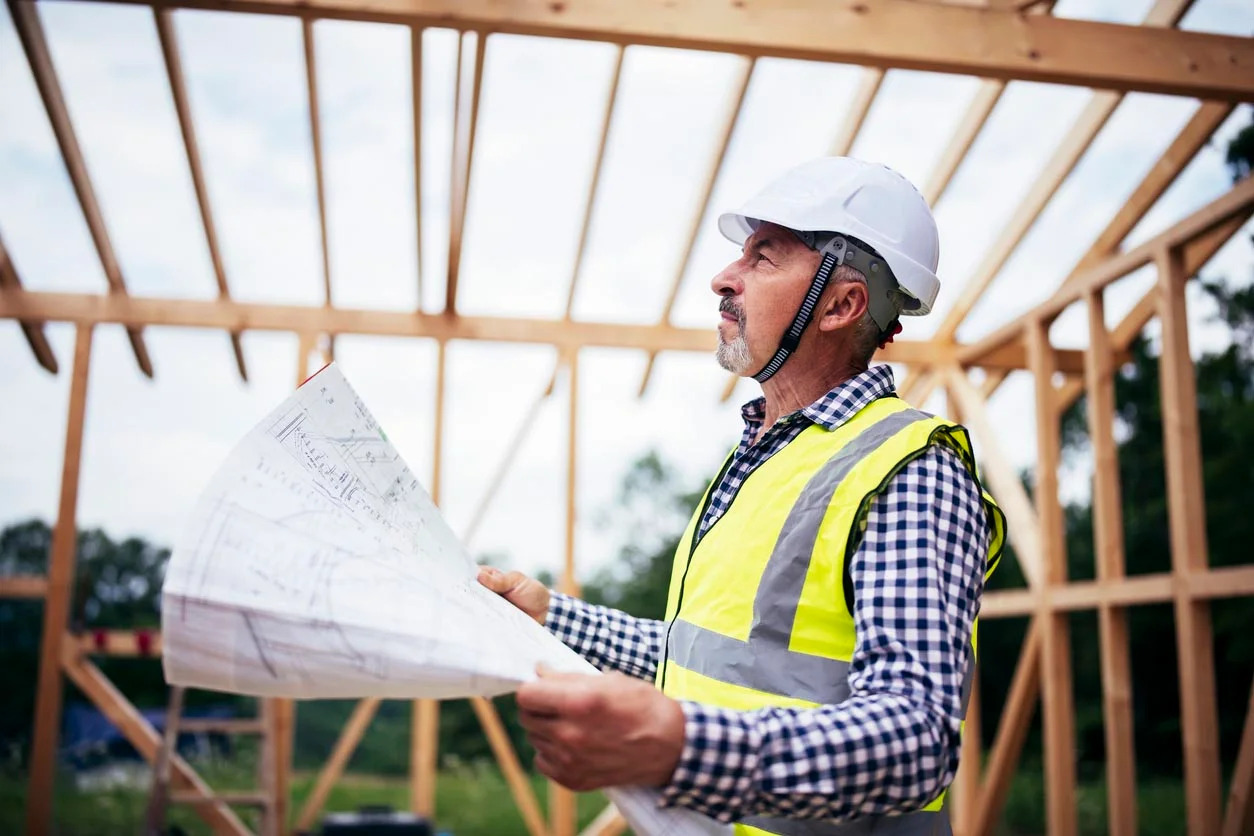

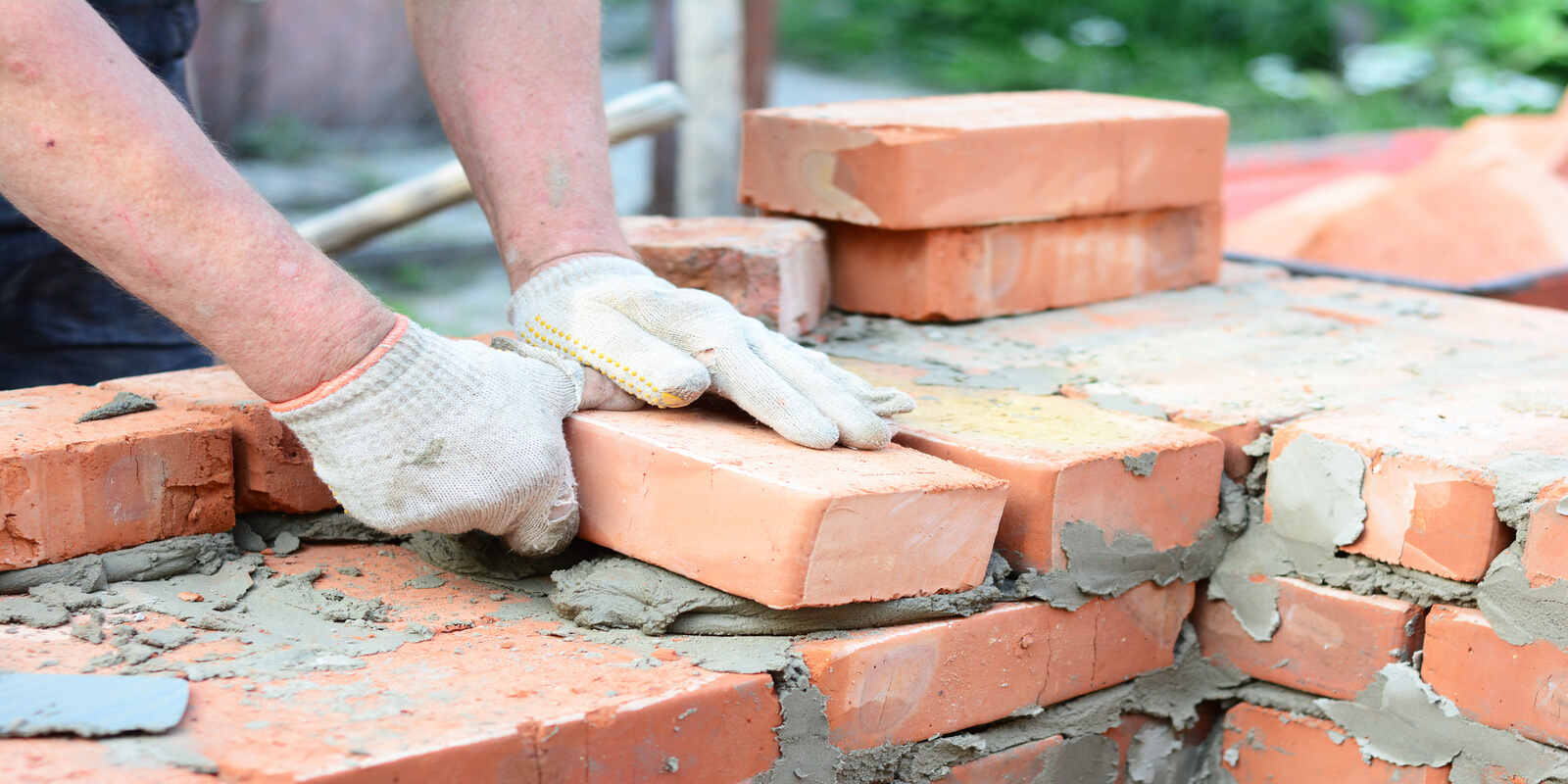


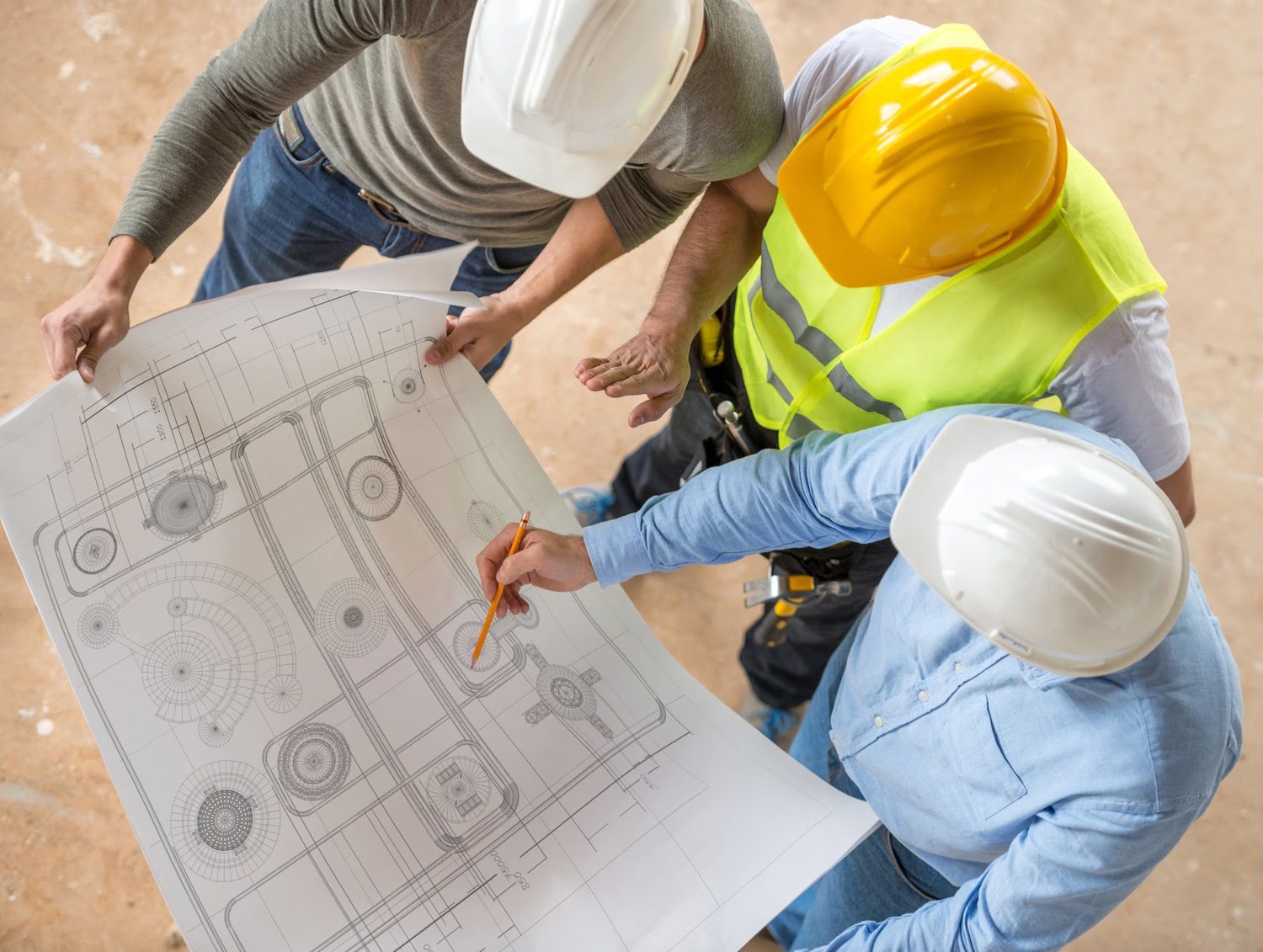
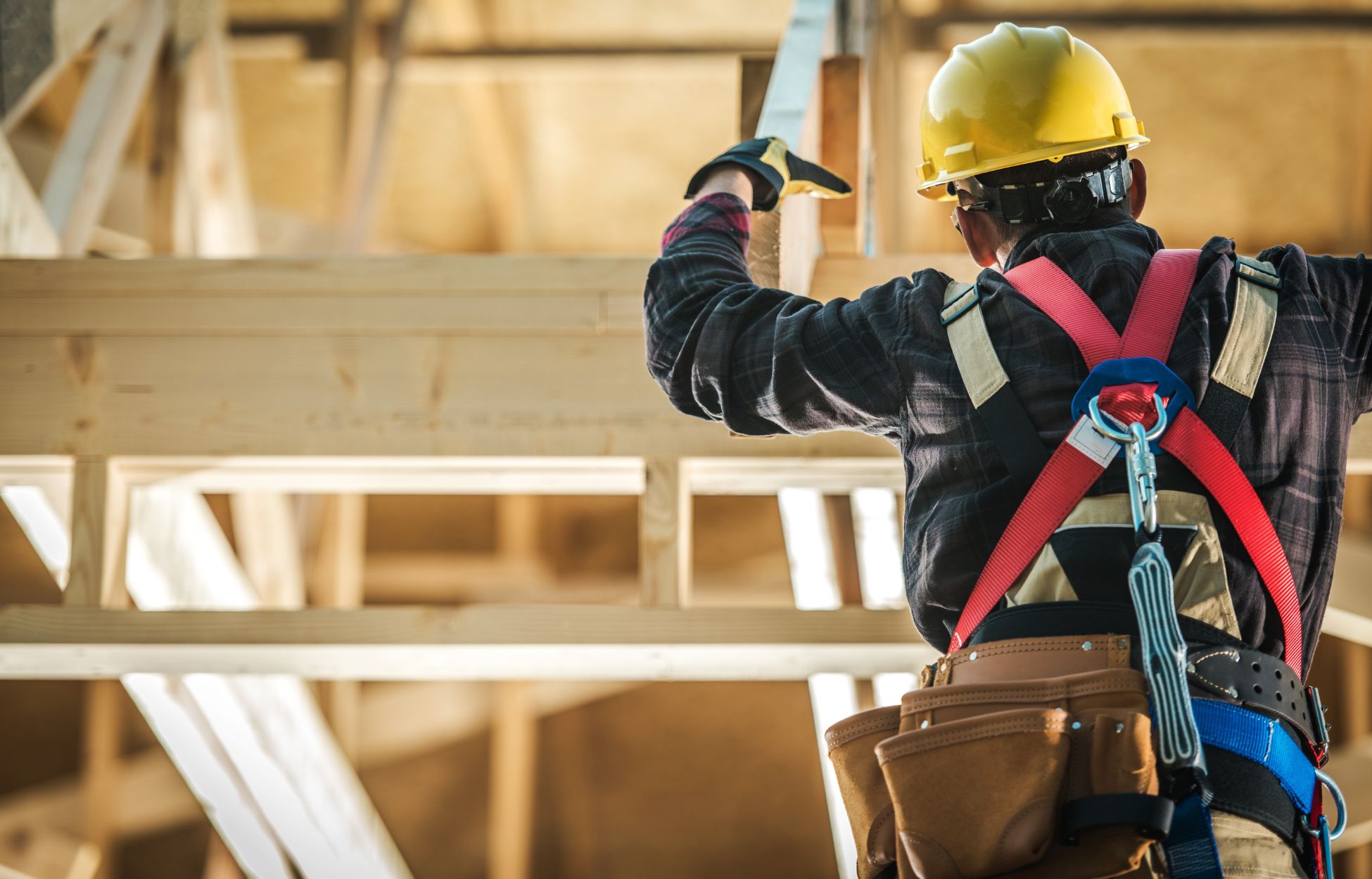

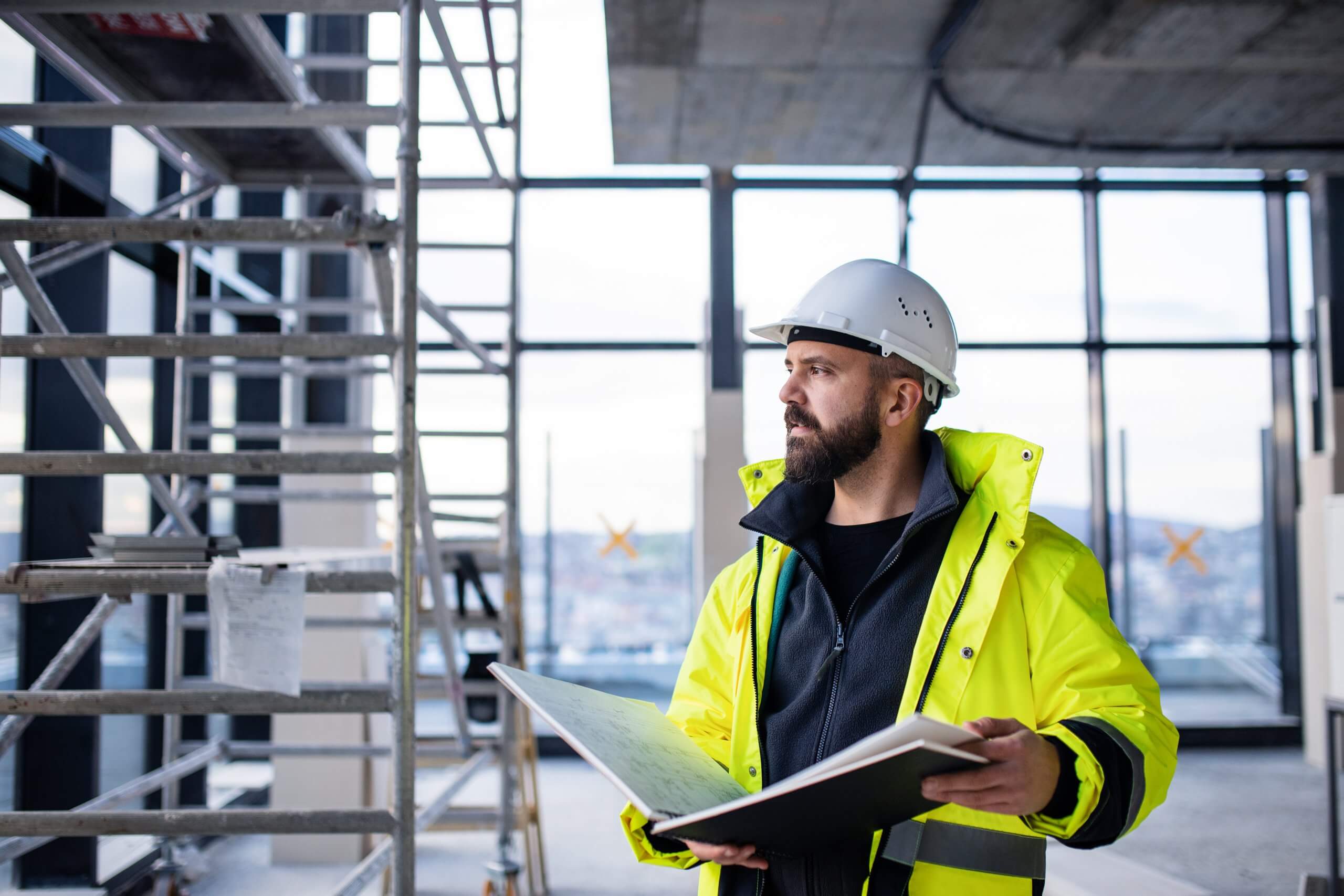
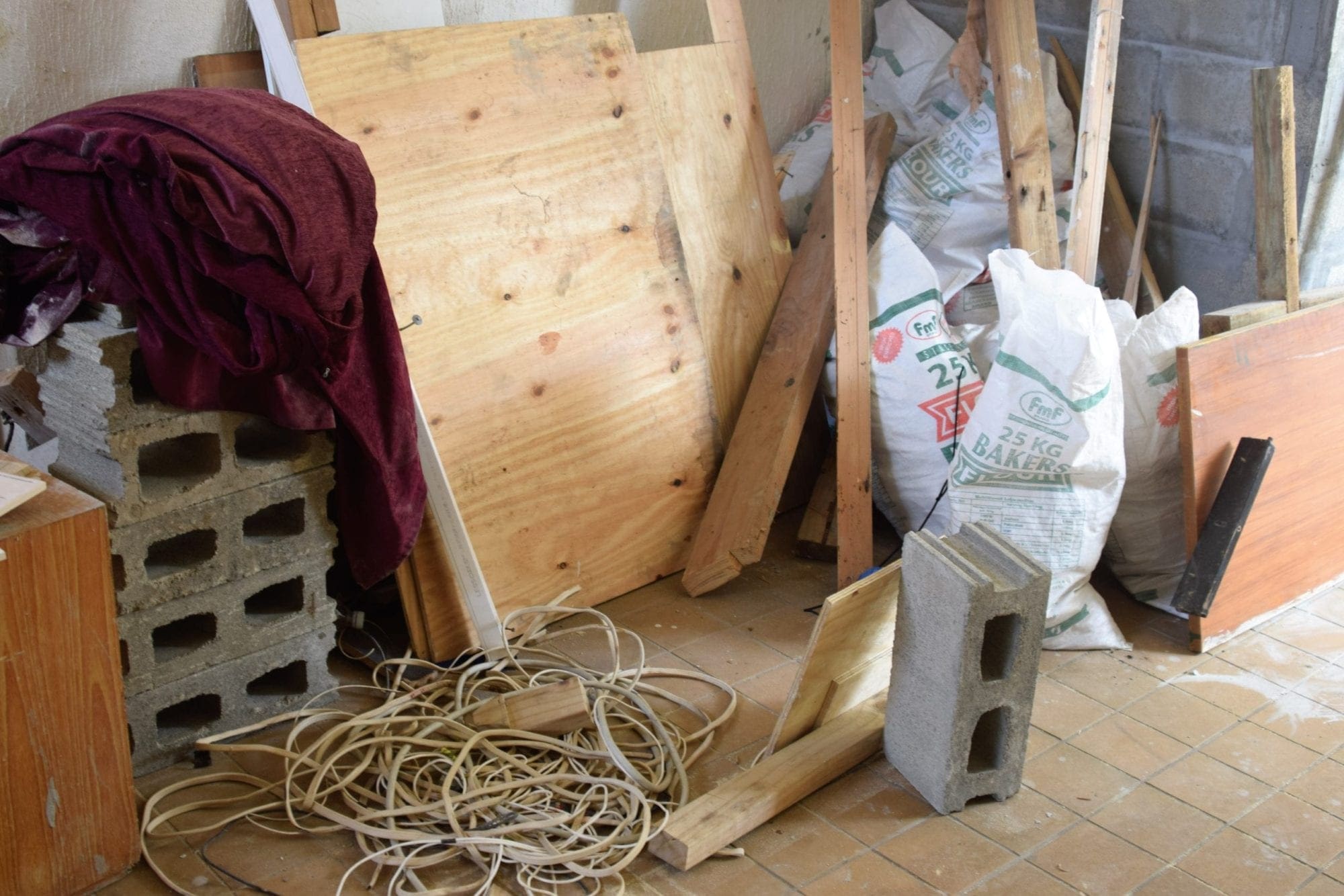

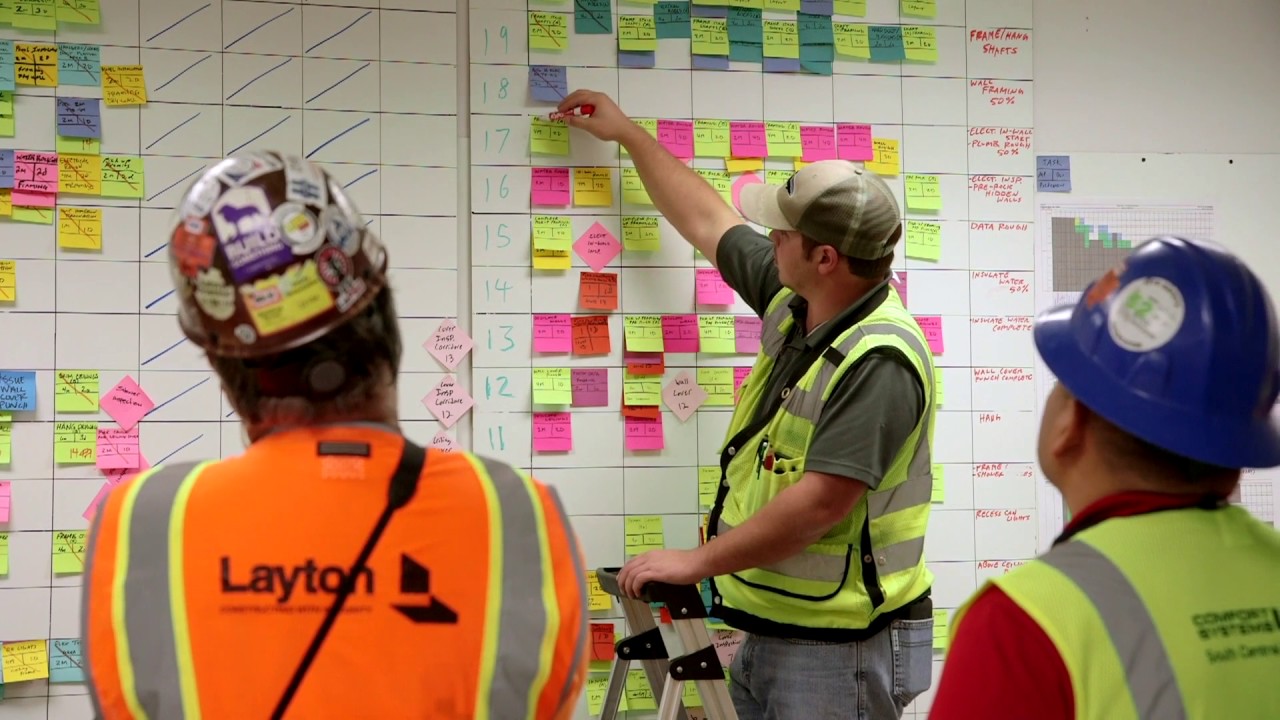


0 thoughts on “What Do Carpenters Do In Construction”